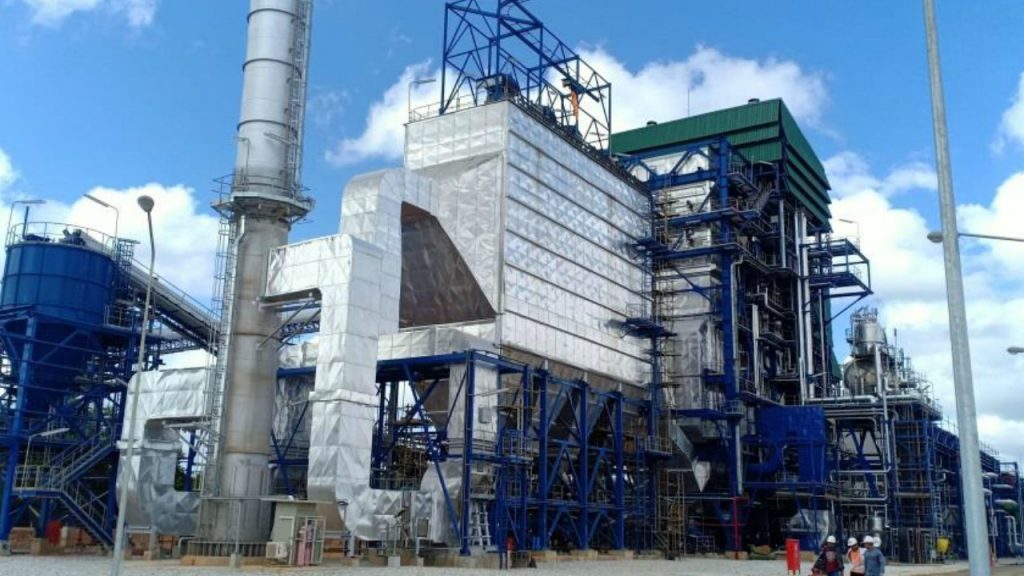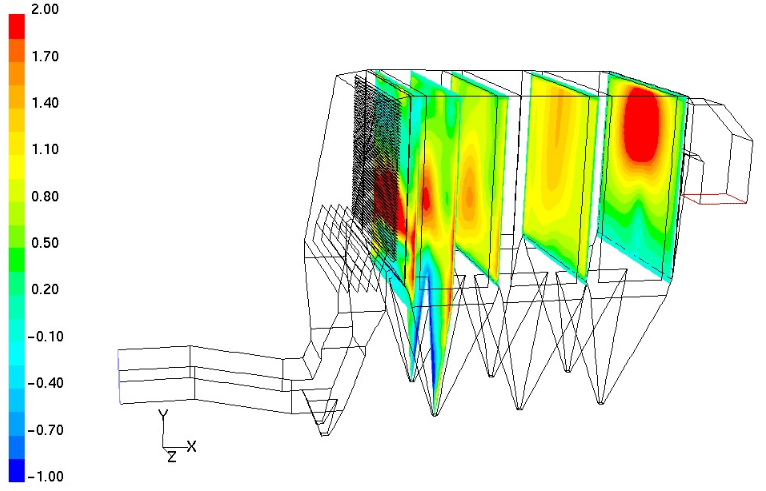ESP là thiết bị thu thập các hạt bụi để loại bỏ chúng ra khỏi dòng khí đang di chuyển, bằng cách sử dụng lực hút tĩnh điện.
An ESP is a particulate collection device that removes particles from a flowing gas using the force of an induced electrostatic charge.

Hệ thống lọc bụi tĩnh điện có hai biến thể / The Electrostatic Precipitators comes in two variants:
- Dry ESP: used on hot process exhaust (50 – 450˚C) that operate above the dew point of gas stream.
- Wet ESP: used for special applications that require filtering wet, sticky, tarry and oily particulate matter.
Application
- Cement & Rock Products
- Power Plants
- Pulp & Paper
- Steel
- Chemicals
- Sinter Plants
- Textiles
- Pelletization Plants
- Foods & Beverages
- …
Advantage
- Horizontal and Vertical Flow Precipitators
- Dry type design for Gas volumes 5000 Am3/hr to 3000000 Am3/hr
- Wet type design for maximum particulate removal
- Hot gas designs for operation at temperatures above 450°C
- Expertise of top as well as bottom rapping
- Diverse applications like corrosive gas, Over 100 types of dusts, tar, etc
Disadvantages
- ESPs are constant efficiency devices. When the inlet dust load even slightly increases, the outlet emissions may increase.
- High Foot-print area
- ESPs have comparatively higher capital investments
Các thông số cần thiết để tính toán lựa chọn ESP / Factors considered for selection of ESP:
- Gas flow – (m3/hr)
- Gas temperature – (Deg C)
- Inlet dust concentration – (gms/m3)
- Required outlet emission – (mg/m3)
- Required collection efficiency – %
- Moisture in gas – %
- Dust composition with components like K2O % and SiO2% in ash – %
- Sulphur content in fuel – %
- Particle size distribution
- Addition of fields for capacity upgradation / emission reduction.
- Assessment and refurbishment of the ESP system, refurbishment of damaged field internals &modifications and improvements therein.
- Rebuild configuration with higher collecting area and fields.
- Arrangement utilizing the existing space-to achieve higher collection efficiency.
- Replacement of bottom rapped design with top rapped configurations or improved in-kind type design.
- Splitting of the ESP fields, sectionalisation and addition of new T/R set(s).
- Supply of discharge electrodes to replace existing electrodes of the ESP (any make, any design).
- Relocation and rebuild of the existing ESP.
- New PLC based rapper control panel to replace older micro processor based panel.
- Capacity upgradation – Turnkey Project solutions covering replacement of existing ESP (any make, any design), series or parallel ESP constructions etc.





Leave a comment